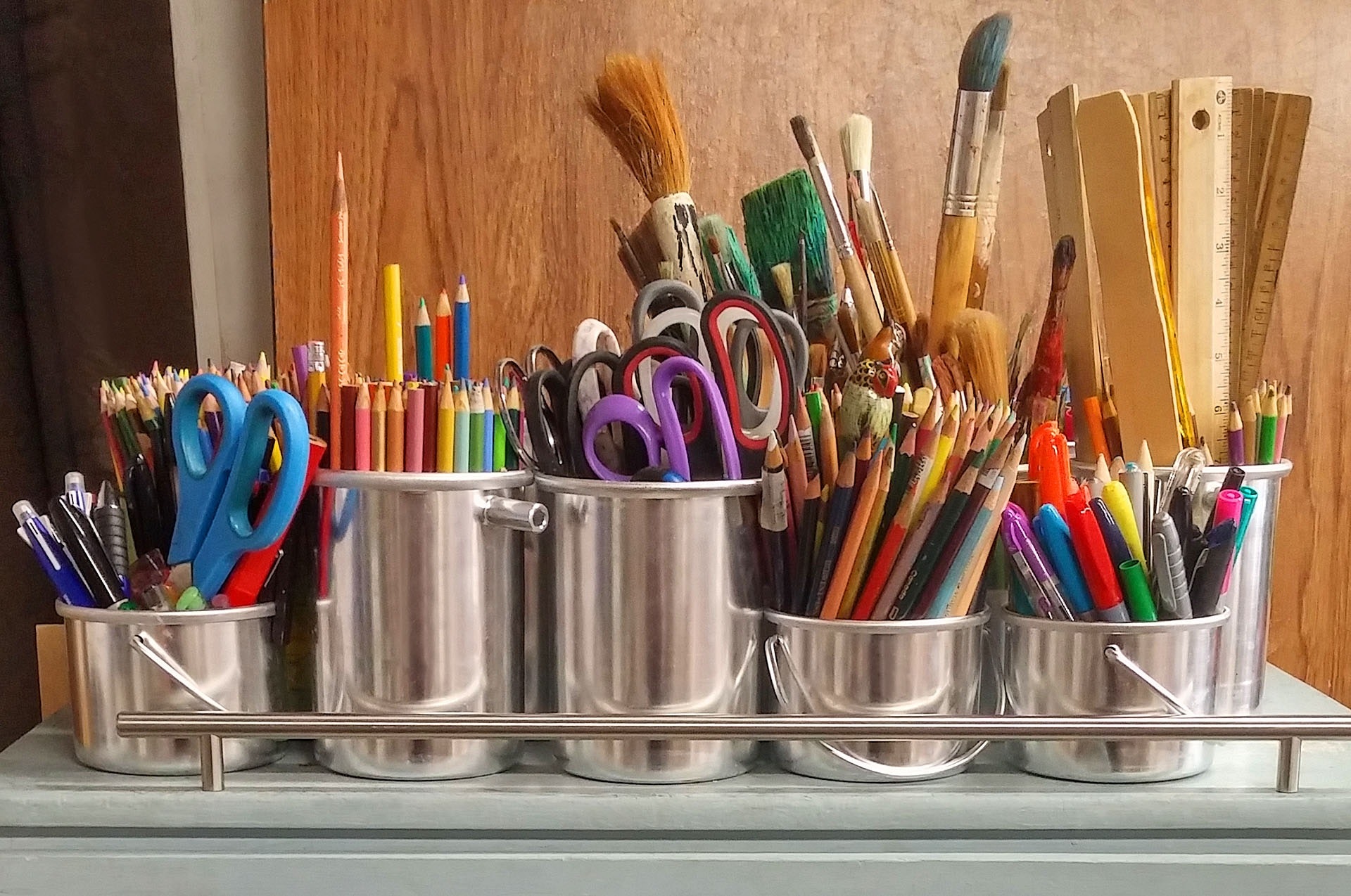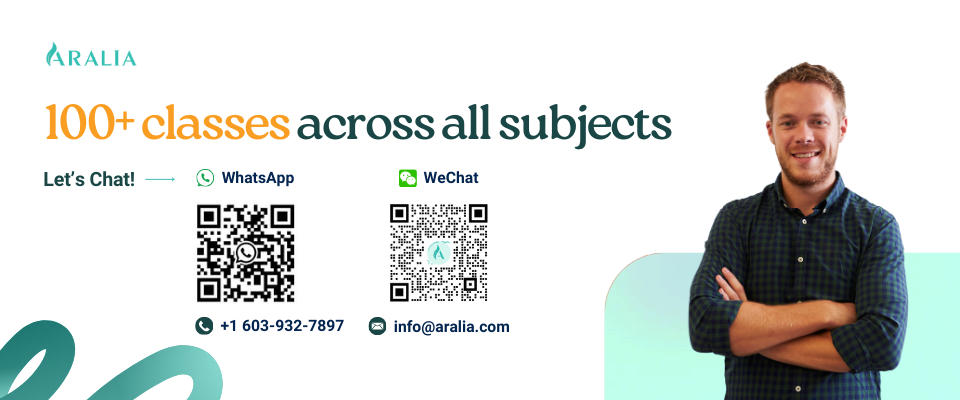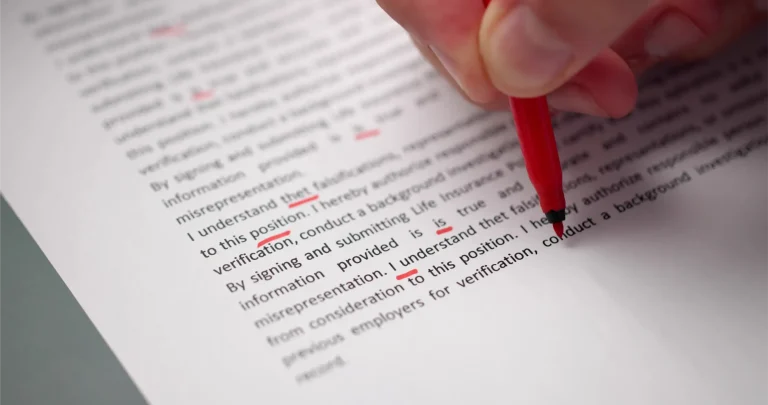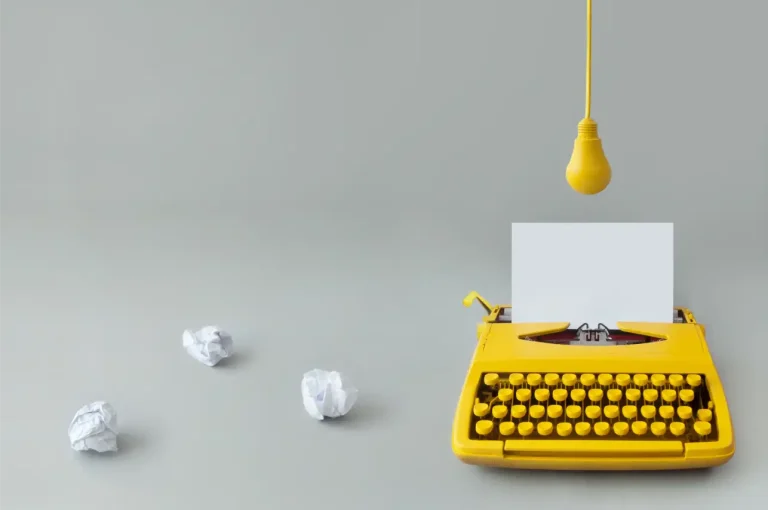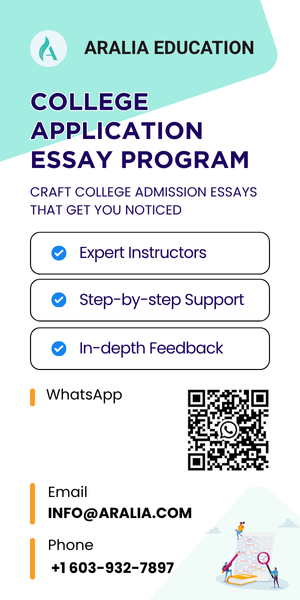The application process for Fall 2021 is ramping up, and our students in the Art Portfolio Preparation Program are working hard on their art portfolios. We understand preparing your portfolio can be time-consuming and challenging, because you don’t know what the admission officers are looking for in a good portfolio. Below are 5 common mistakes in art portfolios that we think you may want to consider.
One of the most common mistakes in high school art portfolios: I love all the work I’ve done, and I want to include them all in my portfolio
Please don’t overload 5+ years’ worth of artwork on your site. The school admissions officer won’t have that much time and patience to scroll through every single piece of your work.
Many students worry that not having enough work samples won’t fully show the school admissions officer their personality, their potential, and their creative expression. However, before choosing works to put in your portfolio, take a look at the school’s requirements for a portfolio – how many pieces, what format, and any other specifics.
For example, California College of Art requires 10-15 examples for most undergraduate applications. Looking at the numbers, choosing 11 high-quality and thoughtful artworks with descriptions and information about your research / creative process is more valuable than 15 average-quality works.
Another example is the Rhode Island School of Design. RISD requires an application portfolio with a maximum of 20 pages, with the first 4-5 to introduce your projects. The remaining 15-16 pages provide details about each of the projects presented at the beginning.
Choosing high-quality artwork can be challenging for students, and they might be afraid that they don’t have a lot of work to showcase. Our advice is don’t worry, even top art schools know that even the most-qualified applicants still can improve on their technical skills. So, more important than choosing your best artworks, you should show your thinking process and how you solve creative problems through your artwork.
2. I’ve only worked with sculpture, so I will only submit them for my portfolio
The short answer is, it depends. If you plan to study sculpture, sculpture works will be crucial and relevant in your portfolio application. However, suppose you’re not about sure about your specialization when entering college (and that’s totally alright, because around 10% of students at Parsons enter their undergraduate program undeclared). In that case, it’s essential for the admission officer to see a range of your observational and technical ability as an artist.
According to Michelle Nahmad, School of Visual Art graduate, students should choose various pieces that indicate their strengths. Those pieces will give the admissions officer “a sense of your range of abilities and interest.” However, while selecting various pieces are important, choosing one in every category isn’t necessary, because you may not be an expert in every medium.
When applying to art schools, different art schools have different preferences in terms of medium they’re looking for in students. For example, you should include strong drawings in your application for RISD. Parsons is interested in whether students are experimenting with both 2D and 3D work and digital artwork & video production.
Most applicants to Parsons select a major, but about ten percent of students enter the program undeclared. Even when portfolios are major-specific, they don’t need to revolve completely around that program. “We have a common first year, and encourage students to explore,” says Stine. “We anticipate that a lot of our students are going to change their major once they get here.”
3. I forgot to take pictures of my work
Please consider doing it as soon as possible. While you take art classes or any arts program, it’s important to capture your work progress.
A portfolio for art schools should include pictures of your work from different dimensions and steps. Besides images of finished work, you can also consider putting in pictures of your process, from sketching to choosing colors. As we mentioned before, schools want to see your observational and technical abilities. Therefore, uploading photos of your process is one of the best ways to share your journey as an artist.
Make sure you have high-quality photographs of your work. How to do it: use a high-resolution camera with various lighting, angles, and placement that can depict your work’s essence. We suggest that because a simple photo from your phone won’t do your work justice. If you’re in high school, your photography department or art studio can give you access to a camera and other photography-related support.
Besides documenting your process and your work through photographs, it’s also important to document it through writing. Write about why you made this art, what your thought process was, and what challenges you faced while working on this piece. Overall, each and every piece of your portfolio should reflect a general idea of who you are and why you want to pursue art in college.
4. Fan art, anime, drawing of your favorite celebrities
“No fan art, no anime, no manga, no celebrity portraits, nothing from another artist’s work.” – Clara Lieu, Professor at RISD.
“Submitting images of celebrities, fictional characters, boyfriends, or girlfriends. It may be fun, but it’s not what art schools are looking for. Save your fan art for your free time.”
If you want more explanation and reasoning behind this, please check out this great article from a rising artist.
5. The only people I ask for feedback are my art professor and friends & family
Having friends and family is a good starting point when you want critics on your portfolio. However, they won’t be able to give professional criticism nor have thoughtful comments on your portfolio. To get constructive feedback for student portfolios, consider attending National Portfolio Day, or seek advice from art teachers at your school.
National Portfolio Day, hosted by the NPDA (National Portfolio Day Association), is a 100% free portfolio show event where you can gain advice on how to improve or present your portfolio. Students should attend this event in the fall of their junior year to have an overall view of what portfolio critique is like and then again during their senior year.
This event attracts students from all across the world who are interested in pursuing art and are looking for inspiration and advice from professionals.
For students who are interested in pursuing art, check out our other articles on the website:
- 3 Awesome Art Portfolio Ideas for College Applications by a RISD Professor
- High School Students Interested In Art: 4 Ways To Be Involved
- Top 11 Art Schools in America
We are currently open our slots of the Art Portfolio Preparation Program, taught by Catherine, a RISD professor. Spots are limited and first come first served. Details about our class can be found here:
For this course, students will conduct a series of painting, design, and three-dimensional design projects. Students have a chance to improve their creative research and material experiment abilities, and finally create an electronic art portfolio.
In the first few lessons, students will focus on observational painting training. They will discuss and study the works of famous artists to increase their knowledge of art and visual culture; students will also examine and do mask-making exercises. The focus of this course is on expressing movements, lines, contours, patterns, and the composition of negative and positive spaces to create patterns and shapes. In the final project, students will explore “Mask and Identity”. During the course, the works created by the students will be photographed and recorded, which will be used in the production of their electronic portfolio.

